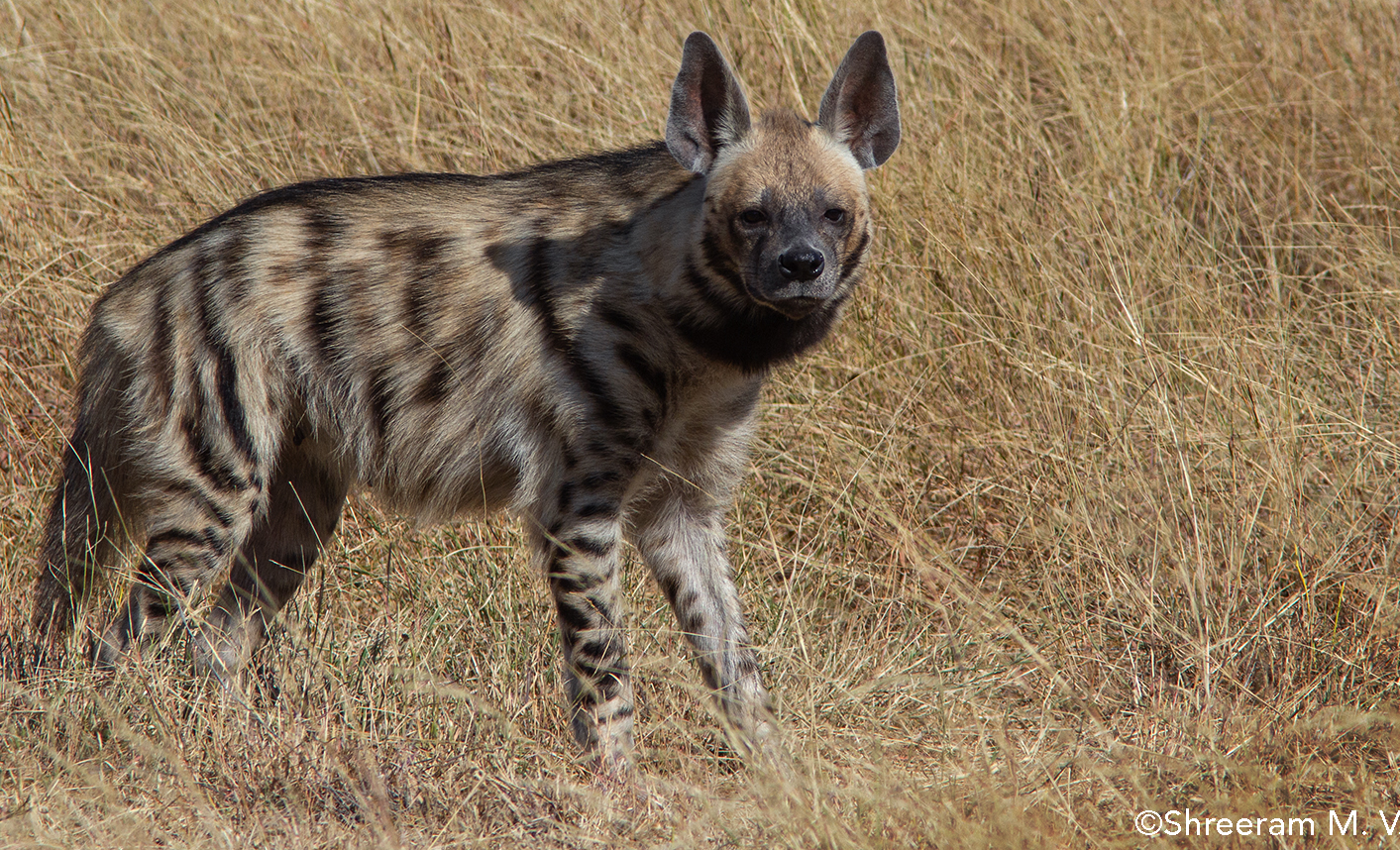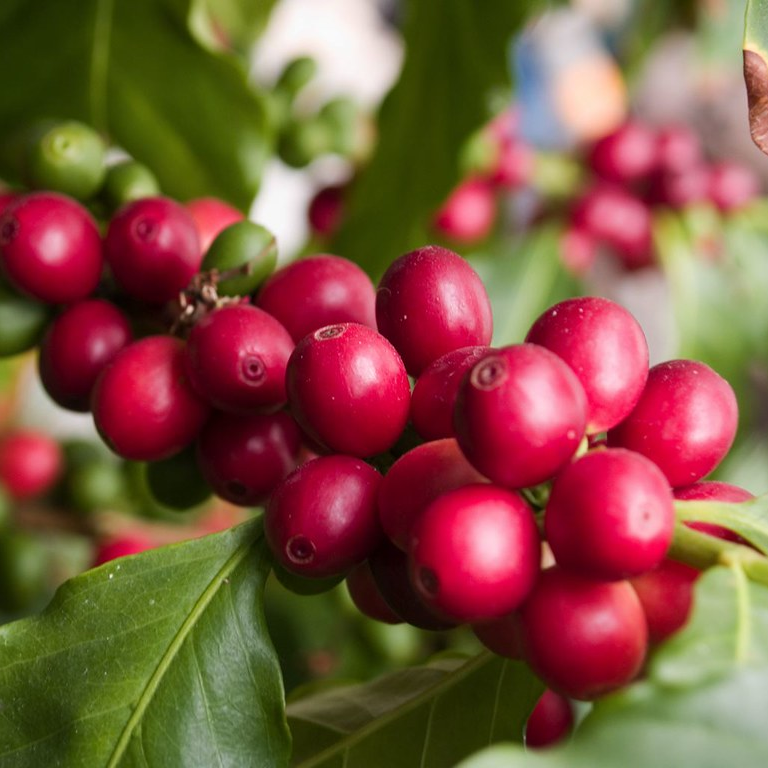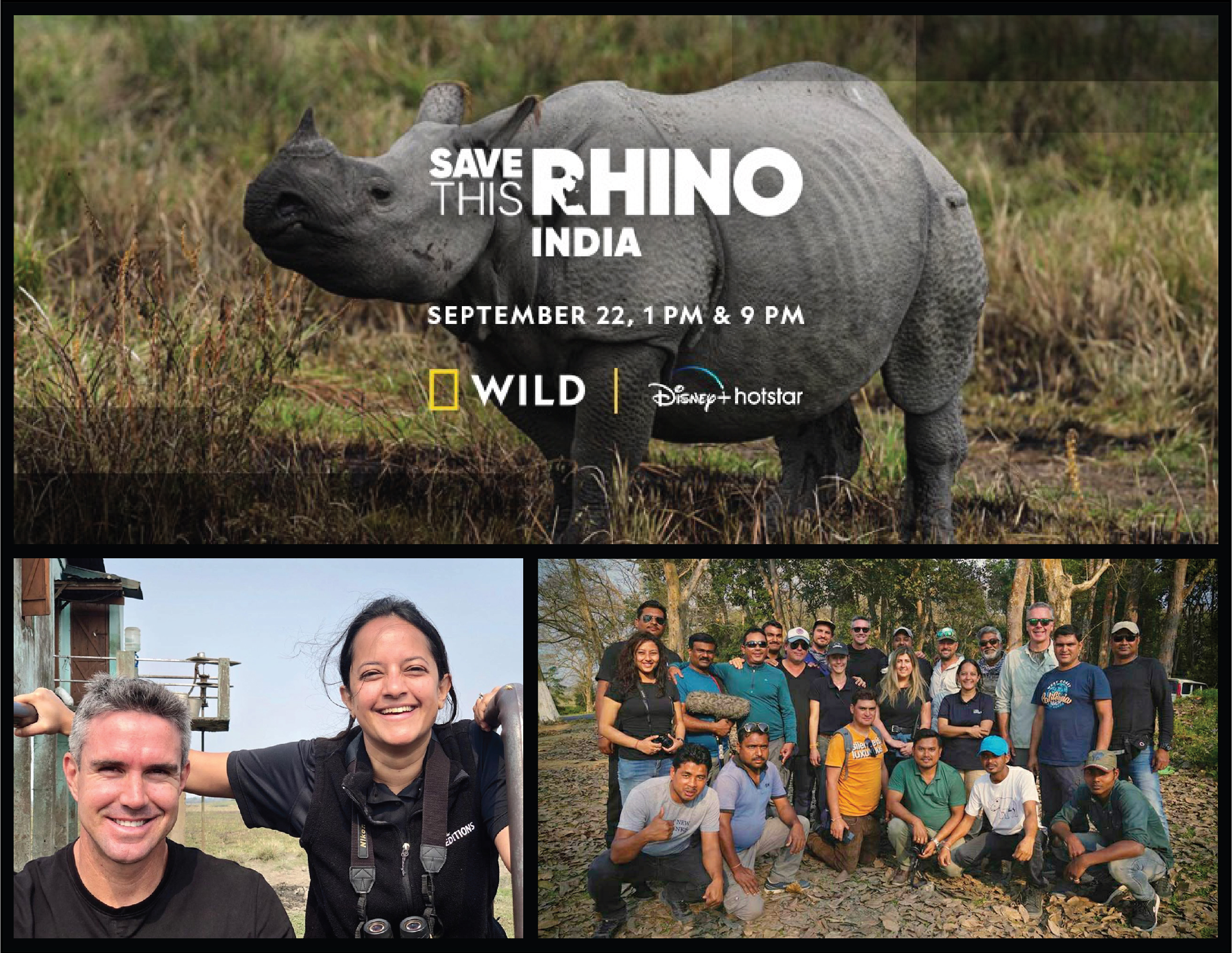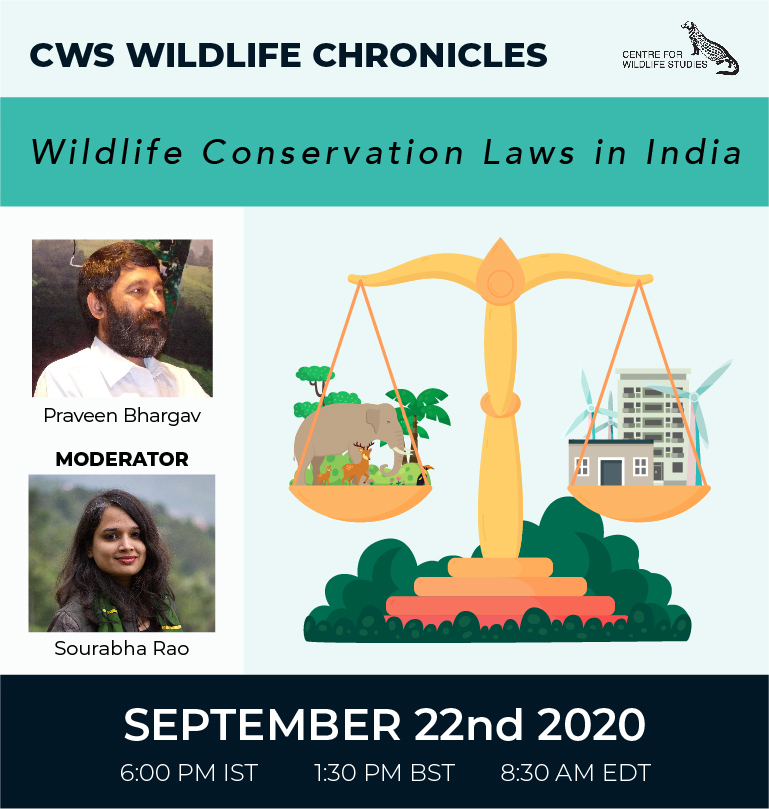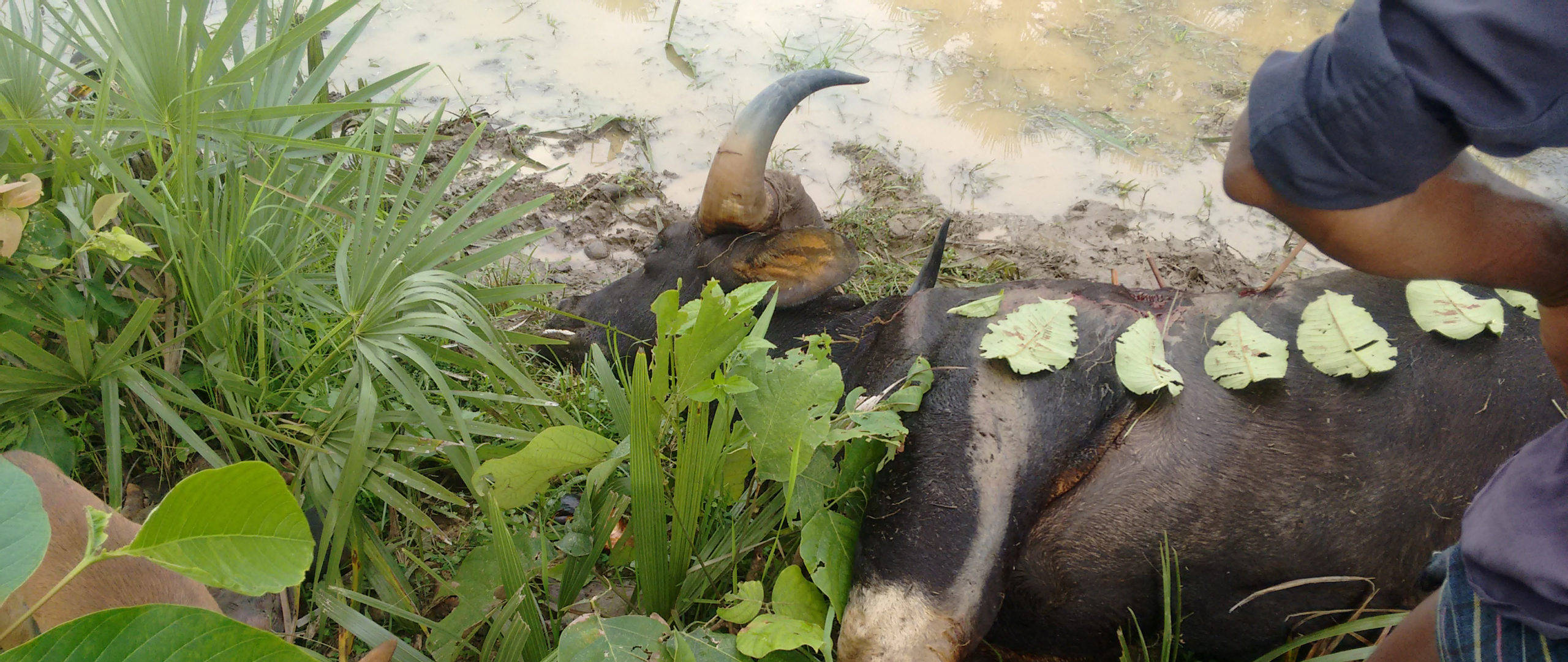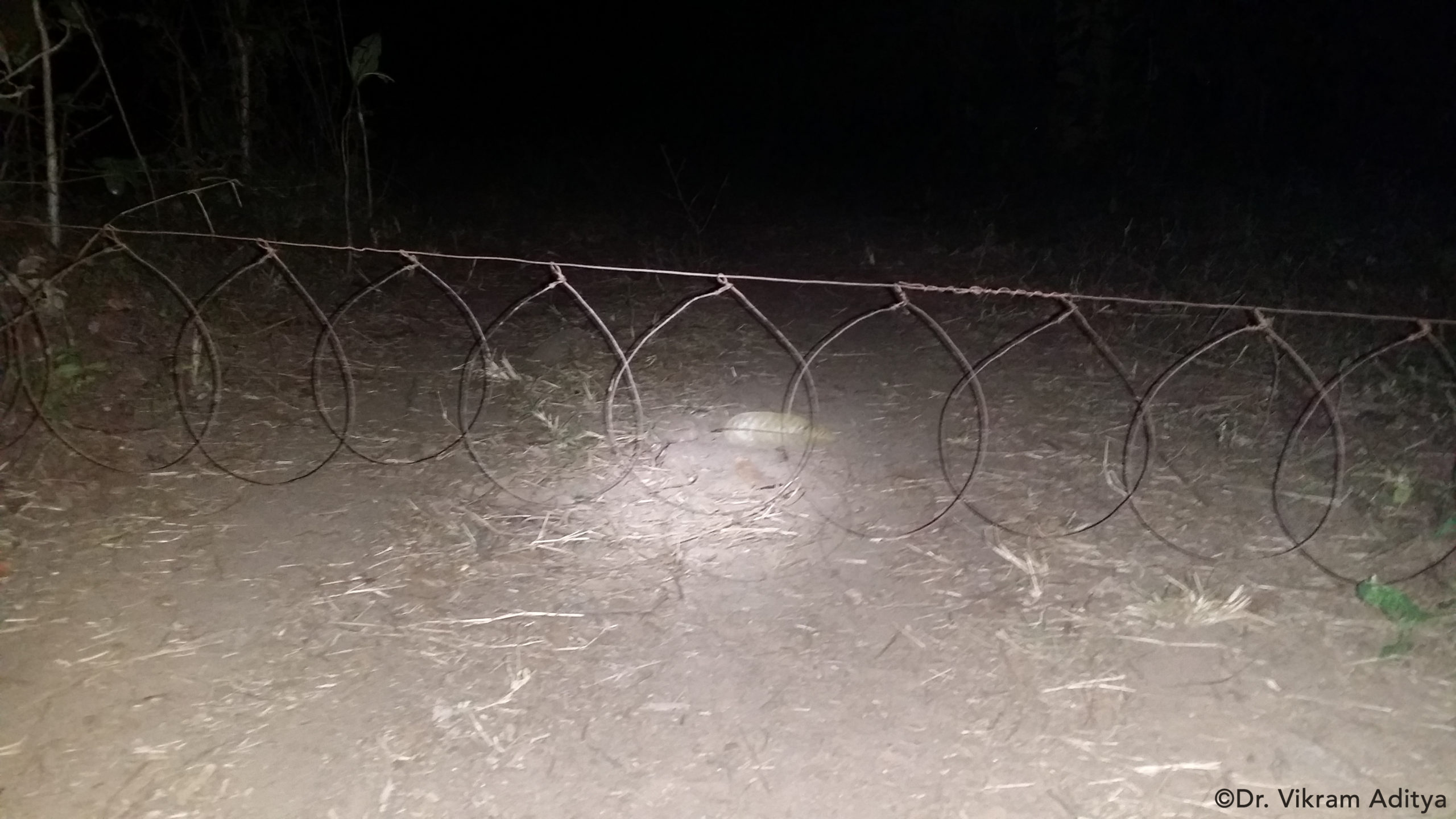Striped Hyena Persistence in India — Insights from Kumbhalgarh and Esrana in Rajasthan
The striped hyena (Hyaena hyaena) is found in human-dominated landscapes in Rajasthan, a region with 4.3 per cent of the land area protected under nature reserves. This large carnivore predominantly scavenges on domestic and wild ungulate carcasses.

